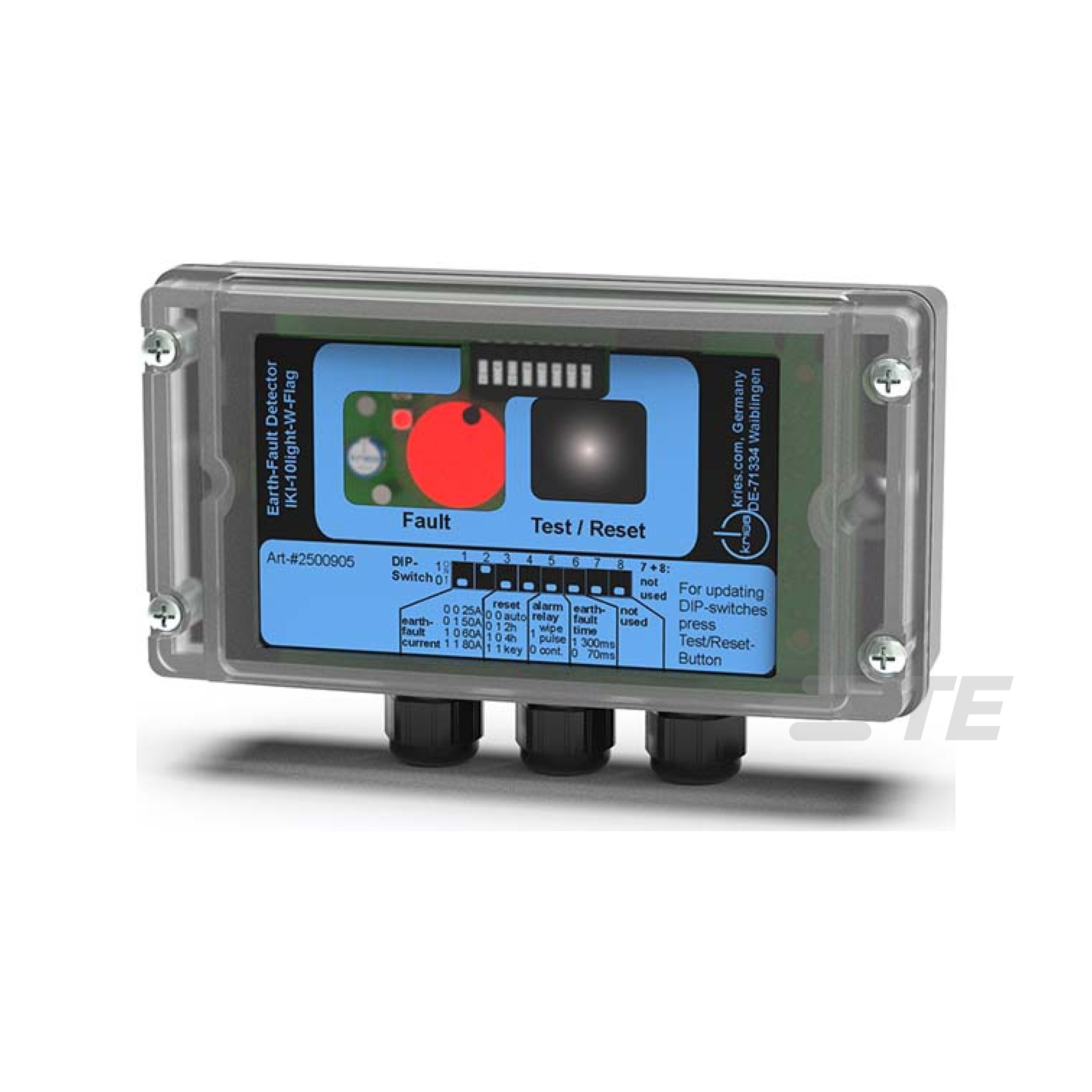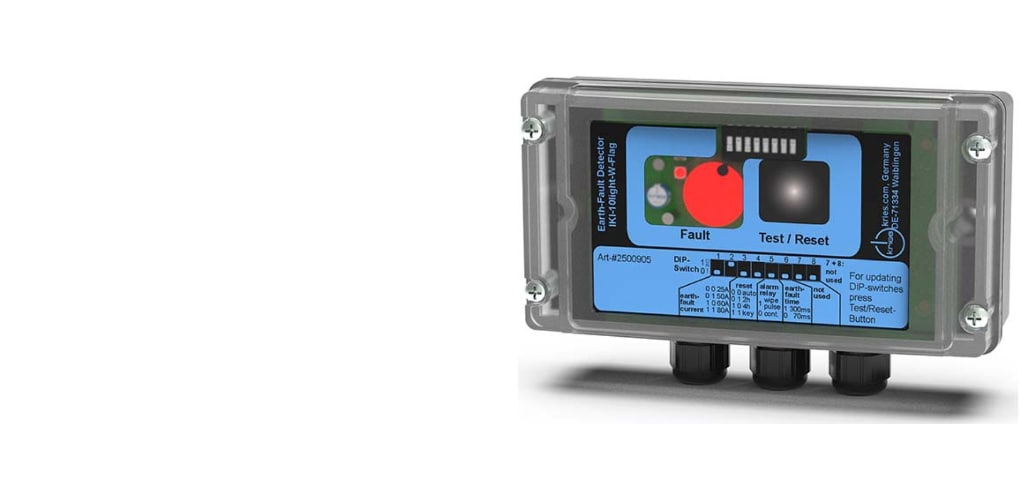-
Login/RegisterHi, GivenNameMy AccountLogin AgainCreate an AccountRegister to enjoy these benefits!
- Order Samples (with Business email address)
- Track Your Orders
- Save Product List
- Access Additional Resources
- Get Tech Updates
Welcome!- Online Order Status
- Track Order History
- Samples Order History
- Check Order Status
- Request Secure Access
- My Parts List
- Recently Purchased
- Bulk Order Purchasing
Manage AccountLogin to access your orders, address book, product lists, and more.
- Products
- Industries
- Tools & Resources
- Shop TE Store
- Services & Trainings
- About TE
- Sustainability
- Cart (0)
- Login/Register
-
- We are here to help!
- Get in touch with our product experts.
- Chat
- Email us
- Products
- Industries
- Tools & Resources
- Shop TE Store
- Services & Trainings
- About TE
- Sustainability
- Cart (0)
- Hi, GivenName (Log out)
- Dashboard
- Your Account
- Recently Purchased
-
- We are here to help!
- Get in touch with our product experts.
- Chat
- Email us
This product is not currently available. For more information, including distributor inventory, please contact us.
-
Product Listing
This product is not currently available. For more information, including distributor inventory, please contact us.
Fault Current and Earth Short-Circuit Indicator

Product Features
-
Fault Detection : Current Static Earth
-
Fault Reset Option : After 2 hour | After 4 hour | Auto | External Potential-Free Normally Open Contact | Manual
-
Measurement Parameters : Current
-
Control Type : DIP Switch | Test Button
-
Supply Voltage (V): 24 – 230
Available from

Increase reliability and minimize downtime by monitoring faults and earth faults on single phase conductors up to 52 kV

The TE Connectivity (TE) Kries IKI-10 fault and earth fault current indicator is designed for switchgears and underground distribution and transmission lines from 3 to 52 kV. Efficient fault detection and immediate response are crucial for maintaining the reliability of your power grid. Our Kries IKI-10 fault indicators are designed to monitor fault conditions such as short circuits, temporary disruptions and ground faults on single phase underground power grids, helping grid operators to quickly restore power after unplanned outages.
The Kries IKI-10 is equipped with integrated LED indicators for immediate fault detection, ensuring rapid response time and minimal damage. It is engineered for durability and is compliant with IEC and IEEE standards, while its design ensures consistent performance in harsh conditions from -25 °C to +75 °C (-13 °F to +167 °F) - which enhances grid reliability and reduces costs. Additionally, the IKI-10 has an integrated battery, ensuring continuous operation and fault detection even during power outages, and further improving system reliability and safety.
Designed for seamless integration, the IKI-10 fits easily into existing systems with minimal disruption. The user-friendly installation process allows for quick setup and configuration, enabling immediate benefits in both grid reliability and reduced downtime.

Key Features
Detection, indication and remote signaling of ground shorts
- Integrated battery buffer in case of power loss
- Simple parameterization via DIP switches
- Signaling via integrated bright LED, external LED flasher or mechanical flag (optional)
- Reset by time or via supply voltage


Frequently Asked Questions
Question: What is a single-phase fault current indicator?
Answer: A single-phase fault current indicator is a device which is used to detect and indicate the presence of fault currents (such as short circuits or earth faults) in a 1-phase or 3-phase electrical system.
Question: How does the TE Kries IKI-10 fault current indicator work?
Answer: This type of device uses sensors to detect abnormal current levels in the zero-sequence current, and then provides a visual or electronic signal when a fault is detected - helping to quickly identify the location of the fault.
Question: What types of faults can IKI-10 detect?
Answer: It can detect short circuits, ground faults, and other abnormal current conditions, in a 1-phase or 3-phase electrical system.
Question: Can the fault current indicator be used in outdoor environments?
Answer: Some models are designed for outdoor use and are weatherproof, but it's important to check the specific both the IP rating of each specific model.
Question: What maintenance does the TE Kries IKI-10 require?
Answer: To ensure proper operation, sensors and display units should be kept clean, and regular inspections are required. Periodic testing, as recommended by the manufacturer, should also be carried out.
Please review product documents or contact us for the latest agency approval information.
Product Type Features
-
Control Type DIP Switch | Test Button
Configuration Features
-
Configuration Method DIP Switches Behind Front Panel
-
Number of Digital Inputs 1
-
Number of Relay Outputs 2
-
Number of Feeders 1
-
Relay Output Configuration 1 NC Contact For All Fault Messages | 1 Relay With 1 NO Contact
Electrical Characteristics
-
Power Supply Type Battery
-
Supply Voltage (V) 24 – 230
Dimensions
-
Case Width 121 mm [ 4.76 in ]
-
Case Depth 36 mm [ 1.42 in ]
-
Case Height 82 mm [ 3.23 in ]
Usage Conditions
-
Storage Temperature Range -25 – 75 °C [ -13 – 167 °F ]
-
Operating Temperature Range -25 – 75 °C [ -13 – 167 °F ]
Operation/Application
-
Measurement Parameters Current
Industry Standards
-
IP Rating IP65
Other
-
Battery Type Lithium
-
Network Neutral Earthing Isolated Neutral | Low Ohmic Terminated Neutral | Short Term Low Ohmic Terminated Neutral
-
Fault Detection Current Static Earth
-
Fault Reset Option After 2 hour | After 4 hour | Auto | External Potential-Free Normally Open Contact | Manual
Datasheets & Catalog Pages
Are you sure you want to close chat?

To begin your chat with TE please enter your details
